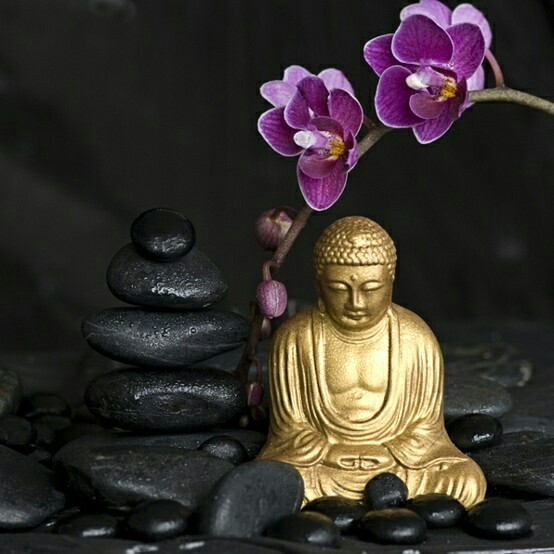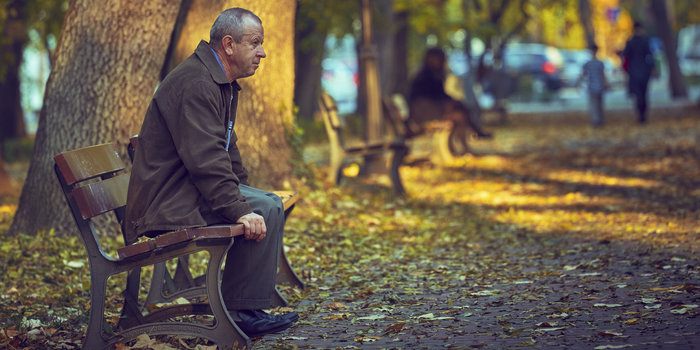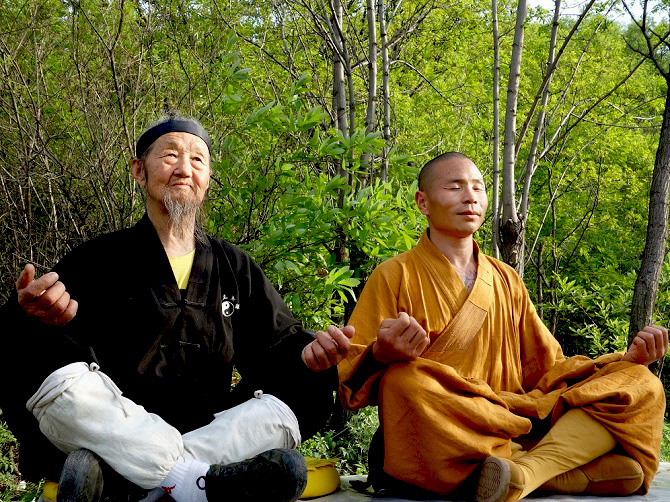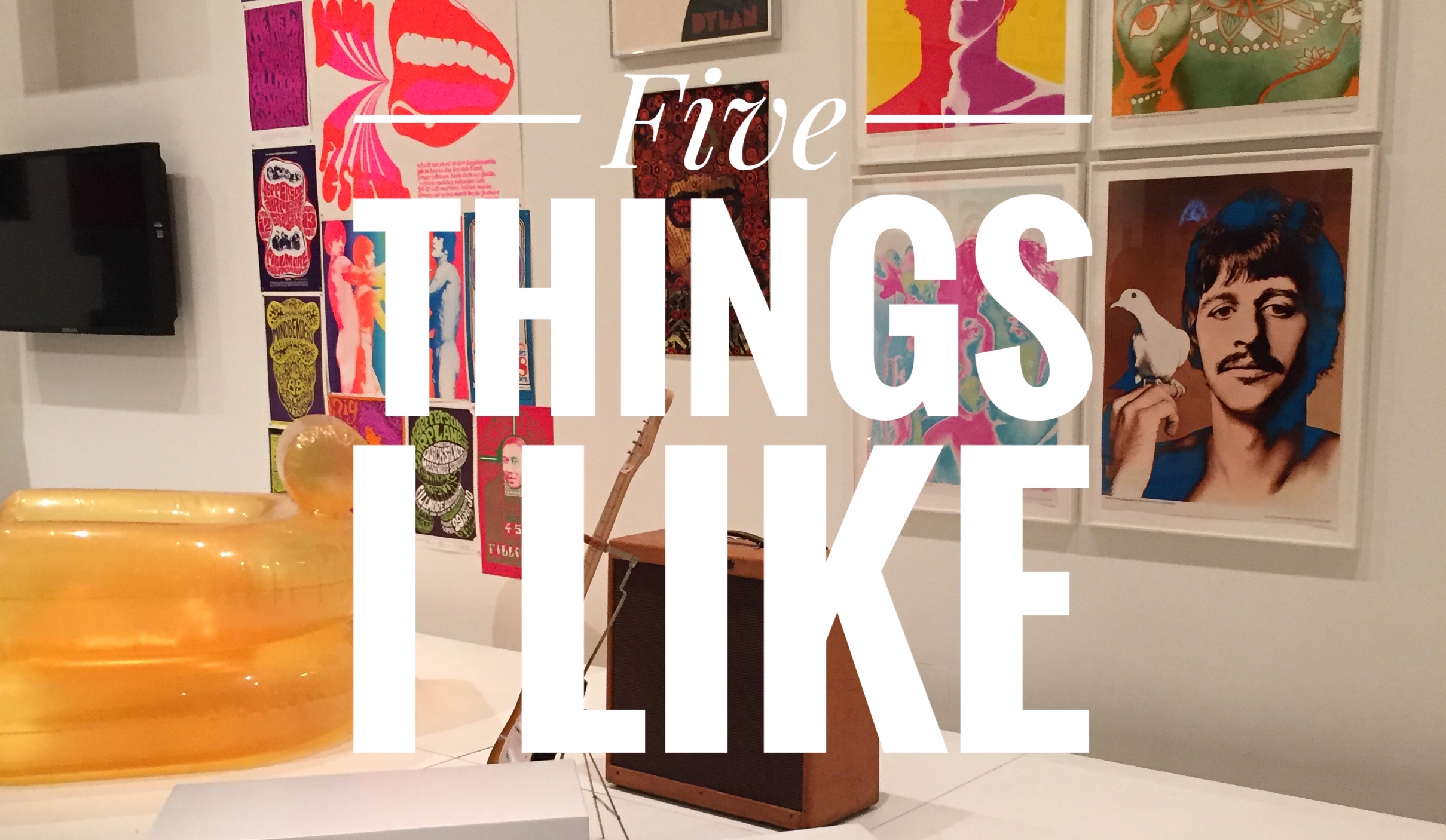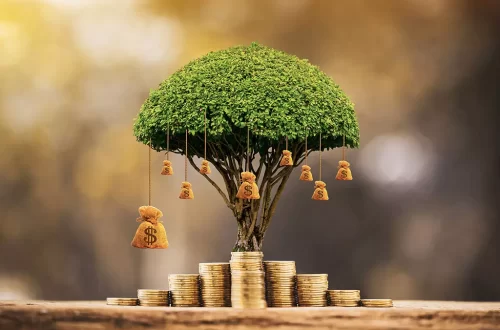
The Power of Slowing Down (A Mindfulness Practice)
New York City is a metropolis filled with tall skyscrapers, home to wealthy elites, major finance corporations, and technology startups. One word describes this city: “fast.” Every day there is a sense of rush in the air. The energy moves quickly. This same energy can be felt in most major large cities similar to New York.
On the other end of the spectrum, I can compare growing up in a quaint farm of my childhood. On the outskirts of the Pacific Ocean in Southeast Asia, I lived in a village province in the Philippines.
My childhood was spent among green grass, mountains towering over houses, rectangular matrixes of farmland patched with long, green rice crops. The air smelled fresh, especially during the rainy monsoon seasons. When it gets warm, the smell of the sea mixes with the smell of the flowering hibiscus and orchids of the garden. The sea was less than half a mile away, as this farming town was also a seafaring one, farmers congregate with fishermen. The hustle and bustle were there but the energy was slower, much slower.
1. Slow Down and Know Thy Energy

A fast, rushing energy in New York City is often associated with a masculine energy. In the Yin-Yang of Chinese philosophy, this is represented as the “Yang” energy. This energy is associated with a male energy. This is also represented as the “father sun” energy.
The other type of energy is rooted deep in nature which is the female Yin energy. It is often associated with “mother earth” energy. This energy is felt when one is much closely entwined with nature.
Mindfulness begins with recognizing the energy inside us and around us. Energy is neither good nor bad. We need both of these energies together and becoming aware of them is fairly important.
Often times, when we exert too much of one energy we lose our balance. The Yin and Yang energy must work well together. Working in a fast-paced environment with the Yang energy, one must learn to slow down. Slowing down is a great way to regain balance with the energy inside of us.
We must learn to slow down and know our energy. Slowing down is the beginning of mindfulness.
2. Slow Down And Recognize the Gap Between Action and Reaction.
“Between stimulus and response is our greatest power – the freedom to choose”
– Stephen Covey
Between every action, there is a reaction. We either go with our default reaction to things or we can step back and control our reaction to effectively manage the situation and produce the most effective outcome.
When someone says something negative for example, in a split second we can control whether we become irrationally mad or approach with reasonable gentleness. We have this gap between action and reaction that we can use more effectively by slowing down.
When we slow down, we can start reconnecting with ourselves. We can also give ourselves enough time between the action-reaction and control the situation better.
How do we do this?
I recommend doing this exercise for a week: slow down everything that you do, start with the things you do everyday like walking and eating.
The key is to focus our mind and observe — really observe ourselves. We are the conscious observer of our own physical experience.
3. Slowing Down And Observing Physical Experience
When we walk, we walk slowly and feel our stride and the very muscles of our legs and how our shoes feel as they hit the pavement. By slowing down our walking we will realize that we become more observant of ourselves and our environment. This is the first step of mindfulness.
The next thing we will notice is we will start observing ourselves internally.
The exercise of slowing down to regain mindfulness will help us take control of our mind. We can learn to see ourselves as if we are a fly on the wall. We can observe our breathing, our posture, and the general way we carry ourselves and how we react to every moment of our life.
I am a fast walker, working and living in New York City one tend to walk at a faster pace. I realized that by walking slower I noticed many more things that I did not pay attention to before. I noticed the beautiful architecture and the facades of the buildings I pass by that I haven’t seen before. I noticed the sky and trees and nature existing within the big city.
I also exercised slowing down how I eat by chewing the food slower and savoring it more. I observed that eating this way had a positive side-effect. I end up becoming full a lot quicker. When I eat slow, I savor the taste of the food and in turn, my taste buds have become quite particular. I enjoyed the natural taste of food more and use less spice when cooking.
“Be like water making its way through cracks. Do not be assertive, but adjust to the object, and you shall find a way round or through it. If nothing within you stays rigid, outward things will disclose themselves. Empty your mind, be formless. Shapeless, like water. If you put water into a cup, it becomes the cup. You put water into a bottle and it becomes the bottle. You put it in a teapot it becomes the teapot. Now, water can flow or it can crash. Be water my friend.”
– Bruce Lee
4. Slowing Down and Observing The Lightness of Being
In slowing down, we will notice something peculiar. We begin to make observations of the thoughts that come into our mind. We can observe these thoughts come to us throughout the day. We can begin to discern whether the thoughts we have are positive or negative energies.
When I began observing my thoughts, I noticed it was mostly filled with negativity. Negative thoughts attract negativity to us. Once we realize negative thoughts, we can start to turn these around into a more positive one.
Slowing down enable us to observe the beauty that is all around us. It will cause us to become more grateful for the present moment and to savor our physical experience. We can create a gentler version of ourselves, one that is appreciative and grateful for every moment.
Slowing down creates this feeling: ‘a lightness of being’.
5. Slowing Down and Actively Observing Thoughts
When we observe the negative thoughts that come into our minds towards ourselves and other people we can begin to change them. The first time I observed myself thinking negatively, I was on the NYC subway during my daily commute. I began feeling irritated due to the overcrowding. The negative thoughts in my head began to swirl.
When I observed these judgmental thoughts towards myself and towards others, I began a process to slow down by breathing gently.
When I slowed it down I realized I can correct my thoughts. I began by focusing on positive thoughts about the situation. If I could not begin to do that, I proactively searched for other positive thoughts that made me cheer up and prevented my descent into judgment.
“Life was never meant to be a struggle, just a gentle progression from one point to another, much like walking through a valley on a sunny day.”
– Stuart Wilde
6. Slowing down and Handling Negative Energy
I created an exercise to hold these critical thoughts to light and really re-create the energy and vibration from negative to positive.
I do this by writing down negative thoughts and examining them. It is very important that these thoughts be written down when they come in otherwise they disappear or become hidden on site by your own mind. Slowing down helps us spot these thoughts.
“Write down negative thoughts and question them.”
When these negative thoughts persistently appear and become part of your consciousness, begin by writing them down.
Write down these prevalent negative thoughts in a notebook or a digital notepad in your phone.
Once it is written down, question their validity.
Re-frame them and create a constructive, positive, creative thought or reaction in place of the negative one.
“A thought is harmless unless we believe it. It’s not our thoughts, but our attachment to our thoughts, that causes suffering. Attaching to a thought means believing that it’s true, without inquiring. A belief is a thought that we’ve been attaching to, often for years.”
– Byron Katie “Loving What Is: Four Questions That Can Change Your Life”
7. Slowing Down and Stopping Multi-tasking.
The myth of multitasking is something now disproven to be ineffective. Studies have now shown that multitasking may be killing our brain.
In our digital age, we must slow down by taking things one-step at a time. This means laser focus. Focusing on only one thing is the best approach.
We cannot enjoy and savor the moment if our mind is thinking of more than one thing at a time. We are also apt to lose control of our mind and thoughts if we multi-task because we become less observant of ourselves and our surroundings.
We must handle one task at a time. We live in a technological era of multi-sensory input and output. When we slow down we do not waste our full potential. We must focus only on the now.
We must start with one conversation at a time, one task at a time, one browser window at a time. Only one thing at a time.
We must simplify.
We must not split our attention.
We must focus on only ONE thing at a time.
We can do that well if we SLOW DOWN.
8. Summarizing the Exercises in Slowing Down
- 1. Slow down our commute. For one week, walk at a slower pace than you usually walk. Do not rush when you commute to work or school, take your time. If this means waiting for the next subway car because it’s too full, do so. The simple act of slowing down can help us de-stress in a fast-paced environment. Slow down and become more mindful. If the consequences of becoming late are too burdensome, allow for this time by getting up early!
- 2. Slow down our walk. Walking is something we do every day. Living in big cities forces us to walk faster. When we walk slower, we can practice mindfulness and observe ourselves, our thoughts, and the world.
- 3. Feeling overwhelmed? Slow everything down to a turtle crawl. Whenever you feel stressed, overwhelmed, try practicing slowing down and becoming more mindful. Observe your body, your skin, your fingers, your heart, and slow it all down.
- 4. Slow Down through Meditation. Meditation is a great way of slowing down our inner world. See this guide to mindful meditation, and learn how to get started. Meditation will bring our attention to the ‘now,’ and help center us center ourselves to slow down.
